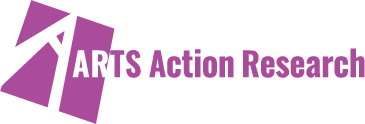It is commonly acknowledged within the field that the arts are driven, indeed capitalized, first and most by human resources. The arts sector could not produce anywhere near its current capacity without the commitment (paid, underpaid, unpaid, self-financed) of the people who create, resource, produce, present, facilitate and advocate the work. This network of human resources works because of the relationships, partnerships, collaborations, connections and intersections that are constantly built, organized, re-ordered, sustained, dissolved, realigned and rebuilt. The old notion that each artist or group of artists must build their own institution that would attract all the resources needed while keeping competing interests out (what AAR refers to as the “castle/island mindset” in which each artist/entity has their own castle on their own island) is not only philosophically and culturally at odds with the way arts professionals choose to work today, but it represents an unsustainable economic model.
The complex networks of human resources that sustain and support many arts organizations and a whole range of artists’ interests are, by design, constantly evolving and emerging to meet changing challenges and opportunities. There truly is an interconnected web within the arts ecology in which individuals may serve multiple roles with multiple different organizations. Effective arts organizations demonstrate the importance of continually and deliberately realigning and re-imagining relationships. They are creating structures that are flexible and work with available resources and making investments in communication tools that facilitate effective and meaningful relationships.


Leave a reply
You must be logged in to post a comment.